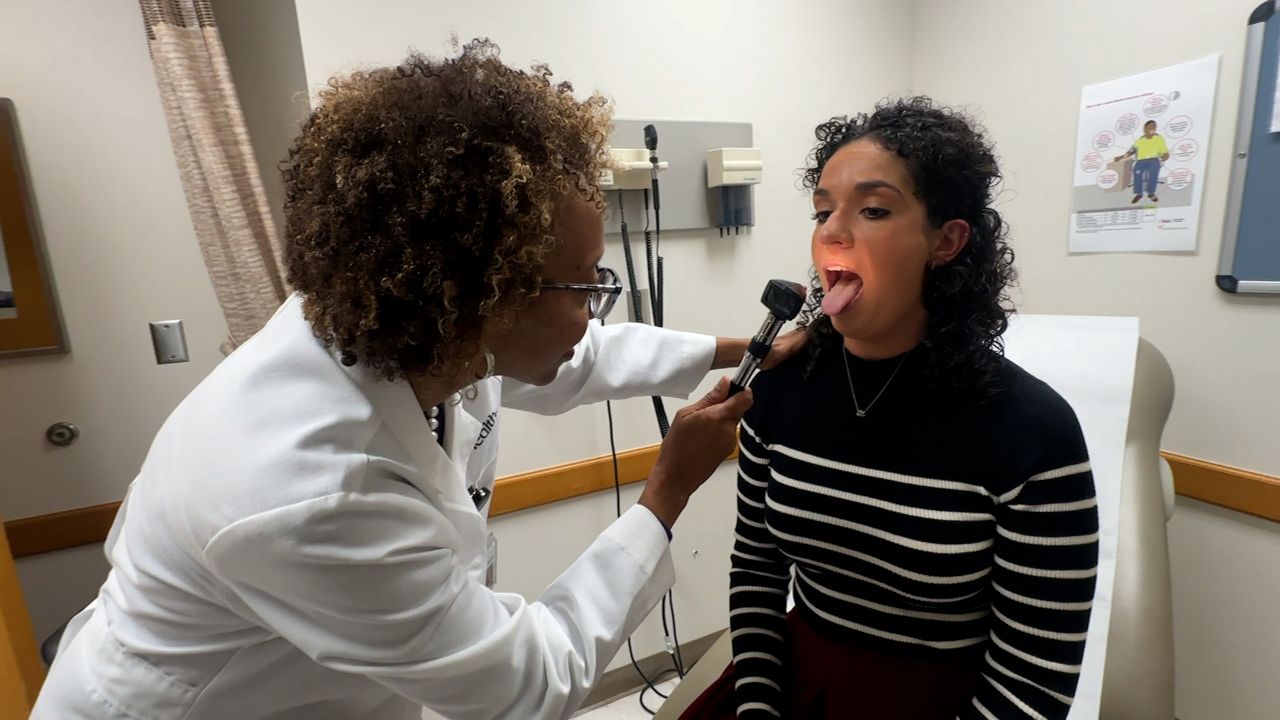Tech
Northern Lights Alert: Auroras May Be Visible Again in These States Tonight!

The northern lights, also known as the aurora borealis, might be visible tonight in parts of the upper Midwest due to a minor geomagnetic storm.
The Space Weather Prediction Center (SWPC) has issued a watch following a coronal mass ejection (CME) from the sun on June 25.
What Causes the Northern Lights?
The aurora borealis occurs when charged particles from the sun interact with the Earth’s magnetic field, causing a mesmerizing display of lights. This phenomenon is often triggered by coronal mass ejections (CMEs), which are large expulsions of plasma and magnetic field from the sun’s corona.
According to NASA, CMEs are “huge bubbles of coronal plasma threaded by intense magnetic field lines that are ejected from the sun over the course of several hours.” When these ejections reach Earth, they can cause geomagnetic storms, which result in the northern lights.
When a CME arrives at Earth, it can compress the magnetosphere, the region around our planet dominated by Earth’s magnetic field. This compression energizes particles trapped in the magnetosphere, causing them to collide with the Earth’s atmosphere.
These collisions excite atmospheric gases, leading to the emission of light that we perceive as the aurora borealis. The colors of the auroras are determined by the type of gas involved in the collisions: oxygen produces green and red lights, while nitrogen causes blue and purple hues.
Geomagnetic storms are classified from G1 (minor) to G5 (extreme) based on their intensity. The current watch for a G1 storm indicates a relatively mild event, but it still holds the potential to produce visible auroras under the right conditions.
Where Will the Auroras be Visible?
The northern lights might be faintly visible tonight and tomorrow in several states across the northern United States. According to the National Oceanic and Atmospheric Association (NOAA), the potential viewing areas include Washington, Idaho, Montana, North Dakota, South Dakota, Minnesota, Wisconsin, Michigan, New York, Vermont, and Maine.
The visibility of the auroras depends on several factors, including the strength of the geomagnetic storm, local weather conditions, and light pollution levels. For the best chances of seeing the auroras, residents in these states should seek out dark, rural areas away from city lights and have a clear view of the northern horizon.
Best Practices for Viewing the Northern Lights
To maximize the chances of seeing the aurora borealis, it is recommended to head to locations with minimal light pollution and an unobstructed view of the northern horizon. The best time for viewing is generally between 10 p.m. and 2 a.m., when the auroras are most active.
Smartphone cameras can be surprisingly effective at capturing the auroras, even if they are faint or not easily visible to the naked eye. Using night mode on your camera can help increase exposure and improve the chances of capturing the light display. Additionally, monitoring local weather forecasts for clear skies will enhance the likelihood of a successful sighting.
Future Auroral Activity
Solar activity has been notably high recently, attributed to the sun nearing the peak of its 11-year solar cycle, known as Solar Cycle 25, which is expected to peak between late 2024 and early 2026. This increased activity means more frequent geomagnetic storms and aurora displays are likely in the coming years.
Solar Cycle 25 began in December 2019 and has already shown higher-than-expected sunspot activity, which is a primary driver of geomagnetic storms. As the cycle progresses towards its maximum, the potential for witnessing the northern lights in more southern latitudes increases, offering more opportunities for sky watchers to enjoy this natural spectacle.
Keep an eye on space weather updates from the SWPC for the latest information on aurora visibility and other space weather events. With the right conditions, tonight could be a perfect opportunity to experience the beauty of the northern lights.







